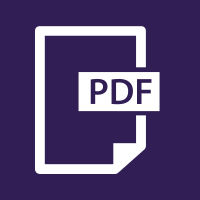
Most patients and their families or caregivers find the medication information provided by pharmacies, or product package inserts (if provided), difficult to read and understand. Hence, they are of little help as a safety measure. Opioid medications must especially be safeguarded by patients. Recent data suggest that teenage pilferage and illicit use of prescription opioids from their parents’ medicine cabinets is a continuing and growing problem (CSS 2006). The latest U.S. household survey found that the nonmedical, illicit use of prescription pain relievers was second only to marijuana abuse and exceeded the abuse of any other illicit substance (CESAR 2006a). It was twice that of cocaine and heroin use combined (see Graph). In all, approximately 7.25 million persons age 12 and older used prescription pain relievers for nonmedical purposes in 2005 and the alarming trend was rising.
| Author(s) | Kral, L.A., Leavitt, S.B. |
|---|---|
| Attribution | Courtesy of Pain-Topics.org |
| Document | Download PDF |
